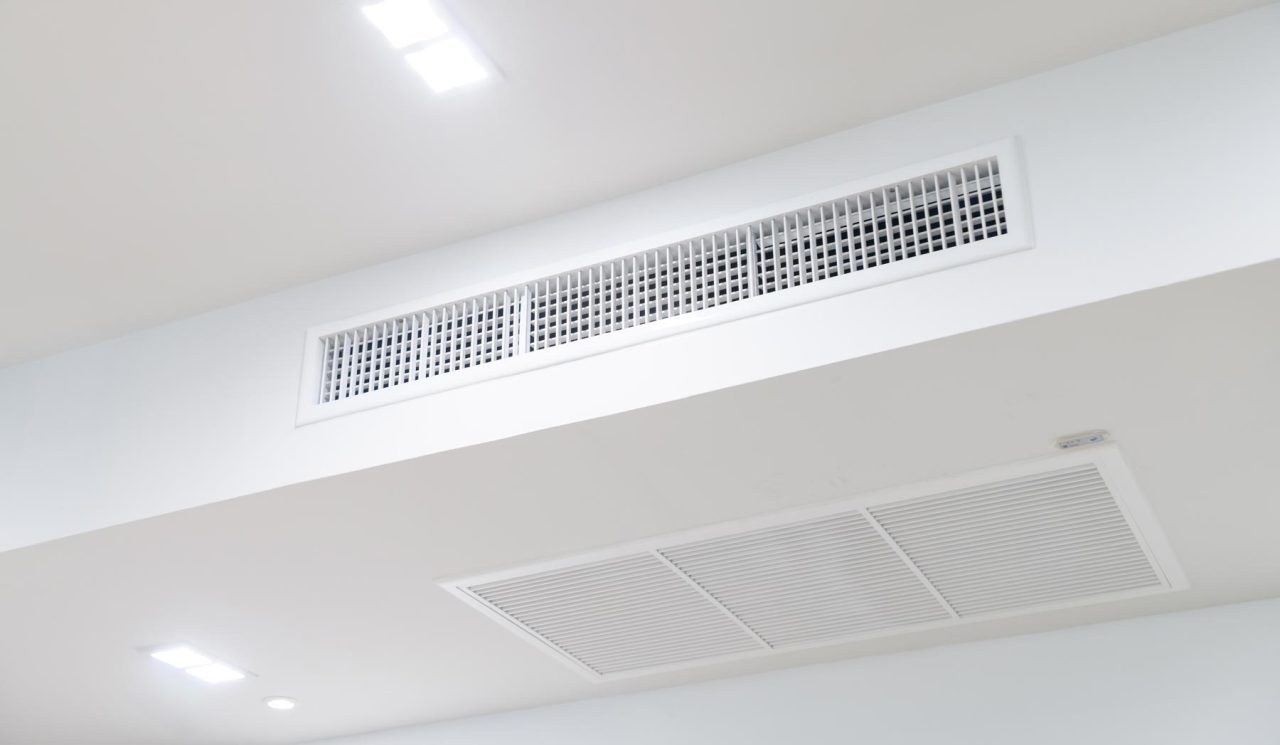After more than four decades on rooftops, certain truths become as obvious as a loose shingle on a windy day. One of them is this—roofs need to breathe. Yes, the big slab of material overhead that keeps rain and snow where they belong has a respiratory system, and if it can’t inhale and exhale properly, trouble is bound to follow.
Proper roof ventilation isn’t glamorous. It’s not the kind of feature a homeowner brags about over a barbecue. But it plays a crucial role in extending the life of a roof, keeping the attic healthy, and saving on unnecessary repairs. Without it, a roof can age faster than a tin lunchbox left out in the sun.
The Science Behind Roof Breathability
Ventilation works by letting fresh air flow through the attic, carrying out heat and moisture before they can cause damage. In summer, the sun turns the attic into a slow cooker, and without airflow, that heat builds up and bakes shingles from underneath. In winter, warm indoor air meets cold surfaces in the attic and creates condensation—just the kind of damp environment mold and mildew adore.
With the right balance of intake vents (usually at the eaves or soffits) and exhaust vents (up near the ridge), air moves in and out naturally, like a gentle breeze through an open window. That circulation keeps temperatures steady and humidity low, which is about as close to spa treatment as a roof can get.
Heat: The Silent Shingle Killer
Imagine sitting in a car on a sunny day with the windows rolled up. Within minutes, it feels like a furnace. That’s what happens to an attic without ventilation. Heat rises from the living space, collects under the roof deck, and lingers there. Over time, that trapped heat can warp decking, curl shingles, and cook the adhesives holding roofing materials together.
It’s not just shingles at risk. The extra heat makes cooling systems work harder, which can lead to higher energy bills and premature equipment wear. Think of it as the attic throwing a summer-long tantrum that the air conditioner has to clean up.
Moisture: The Uninvited Houseguest
Winter brings its own set of problems. Warm air from inside the home rises into the attic and meets the cold underside of the roof deck. When warm and cold collide, moisture forms—just like a glass of iced tea sweating on a porch in July. This condensation seeps into insulation, wood framing, and decking. Over time, the result is soggy insulation, wood rot, and the occasional mildew colony setting up shop.
Ventilation helps whisk that moisture away before it can settle in. Without it, repairs can pile up faster than firewood before the first snowfall.
The Lifespan Equation
A well-ventilated roof lasts longer because it’s protected from the extremes that cause premature aging. Heat and moisture are like the Bonnie and Clyde of roof damage—dangerous enough alone, but downright destructive when working together. By giving the attic an easy way to shed excess heat in summer and moisture in winter, ventilation keeps materials in better shape for longer.
In many cases, extending the life of a roof by several years is as simple as making sure the ventilation system is up to the task. It’s a relatively small investment that can prevent big repair bills down the road.
Signs of Poor Ventilation
Certain clues point to a roof gasping for breath:
- Hot upstairs rooms in summer – a sign that heat is trapped in the attic.
- Ice dams in winter – snow melts, runs down the roof, and refreezes at the eaves.
- Musty smells in the attic – moisture may be lingering where it shouldn’t.
- Peeling paint or wallpaper – trapped humidity can find its way into living spaces.
These are more than minor inconveniences; they’re signals that the attic environment is out of balance.
Types of Ventilation Systems
There are two main categories: passive and active. Passive systems rely on natural airflow, with intake and exhaust vents creating circulation through pressure differences. Active systems use mechanical assistance, like attic fans, to move air.
The best choice depends on roof design, local climate, and budget. Sometimes the simplest solution—like properly sized ridge and soffit vents—is also the most effective.
Maintenance: Not Just for the Shingles
Ventilation systems need a little attention to keep doing their job. Intake vents can get clogged with debris, paint, or insulation. Exhaust vents can suffer damage from storms or animals. A quick seasonal check is enough to spot most problems before they escalate.
After 40 years of climbing ladders, it’s easy to say that the most overlooked part of a roof’s health isn’t what’s visible from the curb—it’s what’s happening in the attic. Keeping the air moving up there is one of the best ways to ensure a roof keeps doing its job without complaint.
The Bottom Line
Roofs don’t complain much. They take the beating from sun, wind, rain, and snow without much fuss. But when ventilation is lacking, the signs of distress show up in ways that can’t be ignored—warped shingles, moldy insulation, or a heating and cooling system working overtime.
Ensuring proper ventilation is like giving a roof a deep breath of fresh air. It keeps temperatures stable, moisture in check, and materials in good shape for years to come. And for anyone who’d rather spend weekends fishing or grilling instead of patching a roof, that’s a benefit worth considering.



